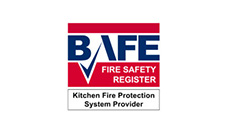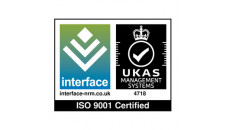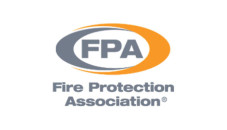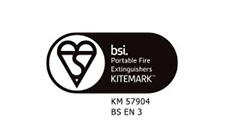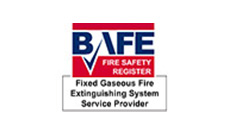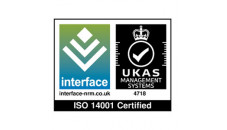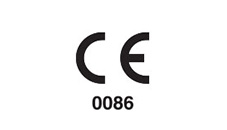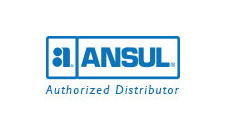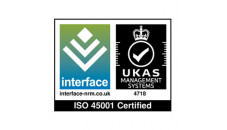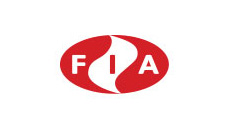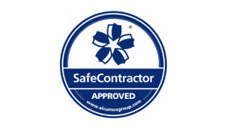Aerosol Suppression
Aerosol suppression systems have been around for many years, but many people are not aware of their market presence. These systems are ‘Green’ being non-toxic and contains no CFCs or HFCs.
What is Aersol Suppression?
Aerosol suppression systems have been around for many years, but many people are not aware of their market presence. These systems are ‘Green’ being non-toxic and contains no CFCs or HFCs. Two of the more well-known brands within the industry are Pyrogen and FirePro, although other brands exist.
These systems use solid compounds over gaseous or liquid agents. When activated, the solid compound is transformed into a rapidly expanding, extremely efficient fire extinguishing condensed aerosol. The aerosol produced is evenly distributed within the protected area using the forces generated during the transformation process.
Unlike gaseous agents, a total flooding effect is achieved without increasing the pressure in the protected area and as such, removes the requirement for supplying, and installing, additional Over Pressure Vent units. Aerosol suppression systems also do not require Room Integrity Testing of the protected areas every 12 months as, as they are not a gaseous system, do not fall under the requirements of BS EN 15004-1.

First Choice For Data Centres
Applications
How Does Aersol Suppression Work?
In a typical fire, there is a fierce inter-reaction between atoms and fragments of unstable free radicals in the presence of oxygen. This continues until the burning fuel is depleted. Aerosol systems extinguish fires predominantly by inhibiting, on a molecular level, the chemical chain reactions present in combustion.
On activation, the compound within the unit is transformed into a rapidly expanding, fire extinguishing condensed aerosol consisting mainly of Potassium salt based K2CO3 (Potassium Carbonate), H2O (water vapour), N2 (Nitrogen) and low levels of CO2 (Carbon Dioxide). The solid particles of Potassium salts, which are only a few microns in size, are suspended in an Inert gas that displays an extremely high surface-to-reaction mass ratio. This increases efficiency – which results in less quantities of the fire extinguishing agent required.
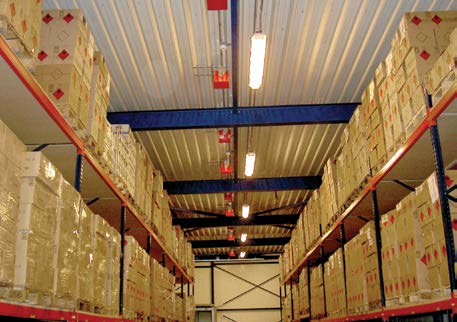
When the condensed aerosol reaches and reacts with the flame, Potassium radicals (K*) are formed from the dissociation (the process in which molecules (or ionic compounds such as salts, or complexes) separate or split into smaller particles such as atoms, ions or radicals, usually in a reversible manner) of Potassium Carbonate. This bind to other flame free radicals, such as hydroxyls (OH-) forming stable products such as Potassium Hydroxide (KOH). This action extinguishes a fire without depleting the ambient oxygen content. The Potassium Hydroxide reacts further in the presence of Carbon Dioxide to re-form Potassium Carbonate.
The solid particles of Potassium Carbonate (K2CO3) have a diameter of fewer than five microns and remain in suspension in the protected room/enclosure for at least 30 minutes, preventing further re-ignition of the fire. In comparison, and as given under BS EN 15004-1, the requirement for retention time is 10 minutes for all Inert/Synthetic gasses apart from CO2, which has a retention time required of 20 minutes.
Other Aerosol Systems
The Aerosol agent is usually housed either in a fixed cylindrical (small to medium areas) or square (large areas) container and activated through an electrical current introduced via, for example, a control panel.
Some manufacturers also produce a ‘smoke grenade’ style unit that is activated manually and can, literally, be thrown into a fire. These units are current inventory, and used by, Fire Fighting and security agencies around the world.
Here To Help
Cannon Fire works closely with a small number of Aerosol system manufacturers. All Aerosol systems supplied and installed by Cannon Fire are UL 2775, LPCB and BSI certified.
Our two head offices are based in Birmingham and Ollerton with fully qualified, experienced engineers spread throughout the UK allowing Cannon Fire to operate nationwide.
Call Us: 01623 860685
Email Us: [email protected]
CONTACT DETAILS
Trading Offices
Unit 1 Sherwood Network Centre, Ollerton, NG22 9FD
Unit C, 37a Parkfield Road, Coleshill,
Birmingham, B46 3LD
OUR KEY SERVICES
Copyright © Cannon 2024 All rights Reserved
